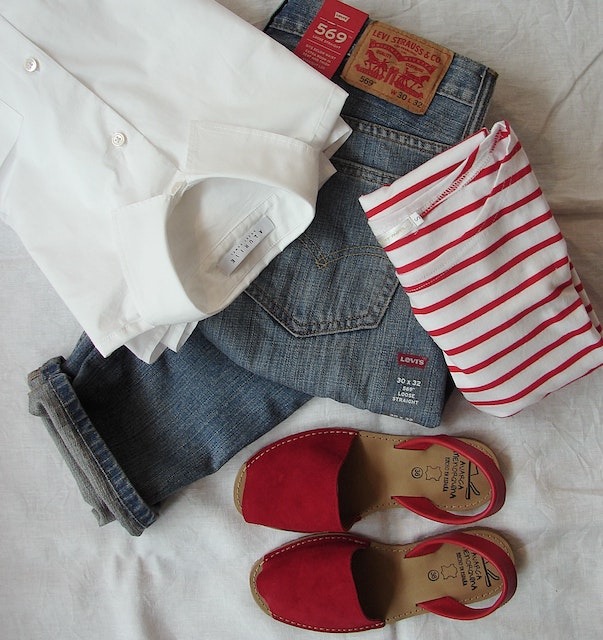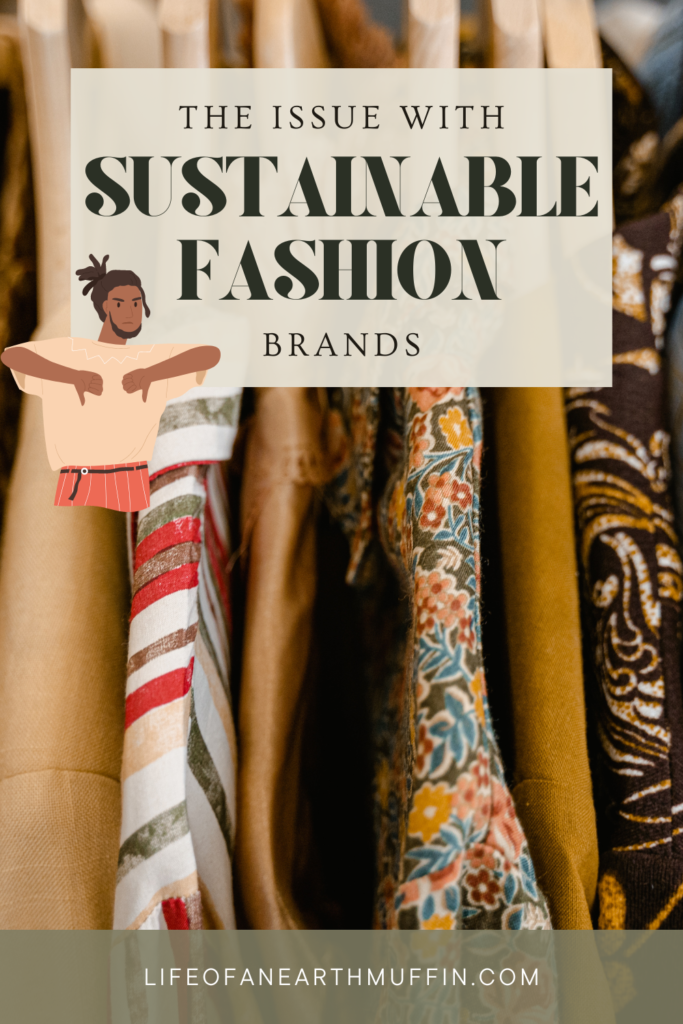Hey earth muffins! The rise of sustainable fashion brands has sparked a transformative wave in the fashion industry. While these companies are much better than their fast fashion counterparts, there are still challenges that exist with sustainable fashion. In this blog post, we will dive into all of the problems with sustainable fashion brands, from cost considerations to greenwashing risks. Hopefully this gives you a better perspective the next time you go to purchase clothing from one of these companies.

1. Still new clothing
People starting to live more eco-friendly lives often opt for sustainable fashion brands instead of supporting cheaper, fast clothing options. While, in theory, this is better for the planet, a much better alternative is to just choose secondhand clothing. Used clothes should always be chosen over new items, especially during Secondhand September. Even though sustainable fashion brands care about reducing their impact on the planet, they still require new articles of clothing to be produced (which uses more resources than clothes that have already been produced).
2. Price
Sustainable fashion often comes with a higher price tag due to ethical materials, fair labor practices, and responsible production methods. For those that can afford the extra money, this isn’t a huge deal. But, higher prices can deter others from being able to support these sustainable brands even if they want to.
3. Potential greenwashing
While some brands genuinely commit to sustainability, others engage in greenwashing —a practice of exaggerating or misleading environmental claims. There are plenty of companies that use verbage that their clothes are “sustainable” or “made of recycled fabric” when, in reality, they aren’t much better than fast fashion companies. Make sure to be skeptical and learn how to spot greenwashing to avoid it at all cost.
4. Accessibility
Sustainable fashion brands aren’t always the most accessible either. As mentioned above, price can be a huge deterrent for people, as there is a certain privilege that comes with living a sustainable lifestyle. On top of that, a lot of sustainable companies are only in a few physical locations (mostly large cities). While you can still shop online, this creates emissions from shipping as well as issues with returns if things don’t end up fitting.
5. Brand longevity
The final issue with sustainable fashion is that many of the brands just can’t compete with the large, non-eco-friendly companies. This results in businesses shutting down or increasing prices even further to try to cut a profit. Just another reason why it is so important to support local, small businesses as much as you can!

While challenges like pricing, greenwashing, and the allure of secondhand alternatives exist, the rise of sustainable fashion brands shows that more people are caring about Mother Earth. Whether you opt for sustainable fashion or secondhand treasures, your decisions contribute to a more ethical and eco-conscious fashion landscape. Do you support sustainable fashion brands?? Which ones are your favorites??
Love,
Jenna ♥




You always provide a lot of really important context and additional information. There are pros and cons to everything, so it’s definitely important to consider those before making a purchase. Thank you <3